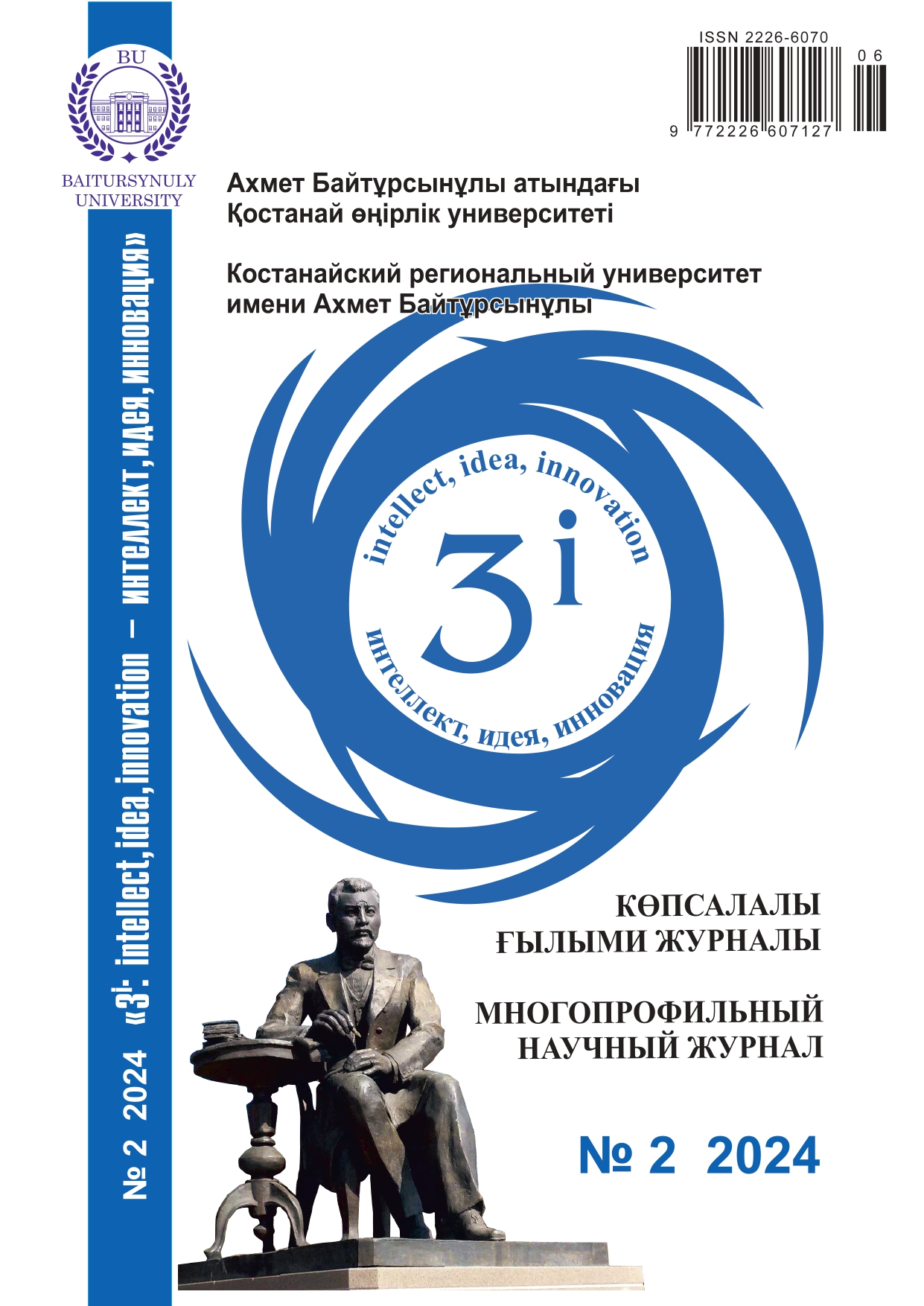INFLUENCE OF VARIOUS FACTORS ON OCCURRENCE OF COLIC IN HORSES
DOI:
https://doi.org/10.52269/22266070_2024_2_3Keywords:
horses, colic, gastrointestinal tract, painkillers, treatmentAbstract
The article presents the results of treatment of colic in horses. Based on the study, we selected 139 horses brought to the clinic with symptoms of colic. A clinical study was conducted analyzing the data contained in the patient data system. We assessed the age and sex of the animals, analyzed seasonality and the months when the first symptoms appeared, and also systematized data on the disease and the final diagnosis. We analyzed the treatment methods used and their effectiveness. Treatment included drugs and combination of drug and surgical interventions. In all cases, symptomatic therapy was used.
Gastrointestinal diseases are common in horses and are the most popular cause of emergency room visits. The concept of distress is very broad and is defined as a set of symptoms experienced by an animal when it feels abdominal pain. When colic occurs, horses exhibit some clinical signs such as rolling on the ground, stretching and kicking themselves in the abdomen, sweating, increased body temperature, frequent standing up and lying down, and increased heart and respiratory rates.
The purpose of our collaborative study is to identify risk factors predisposing to colic in horses admitted to the clinic between 2021 and 2023.




